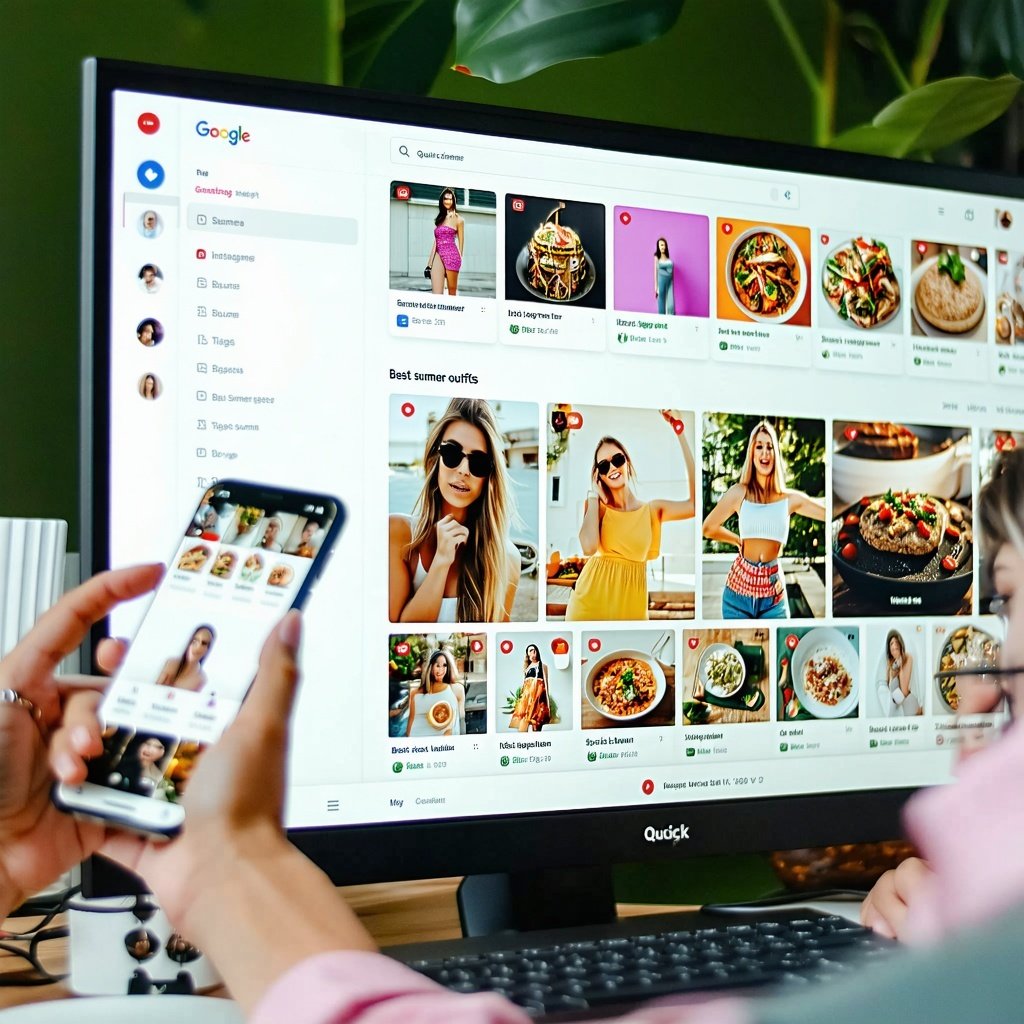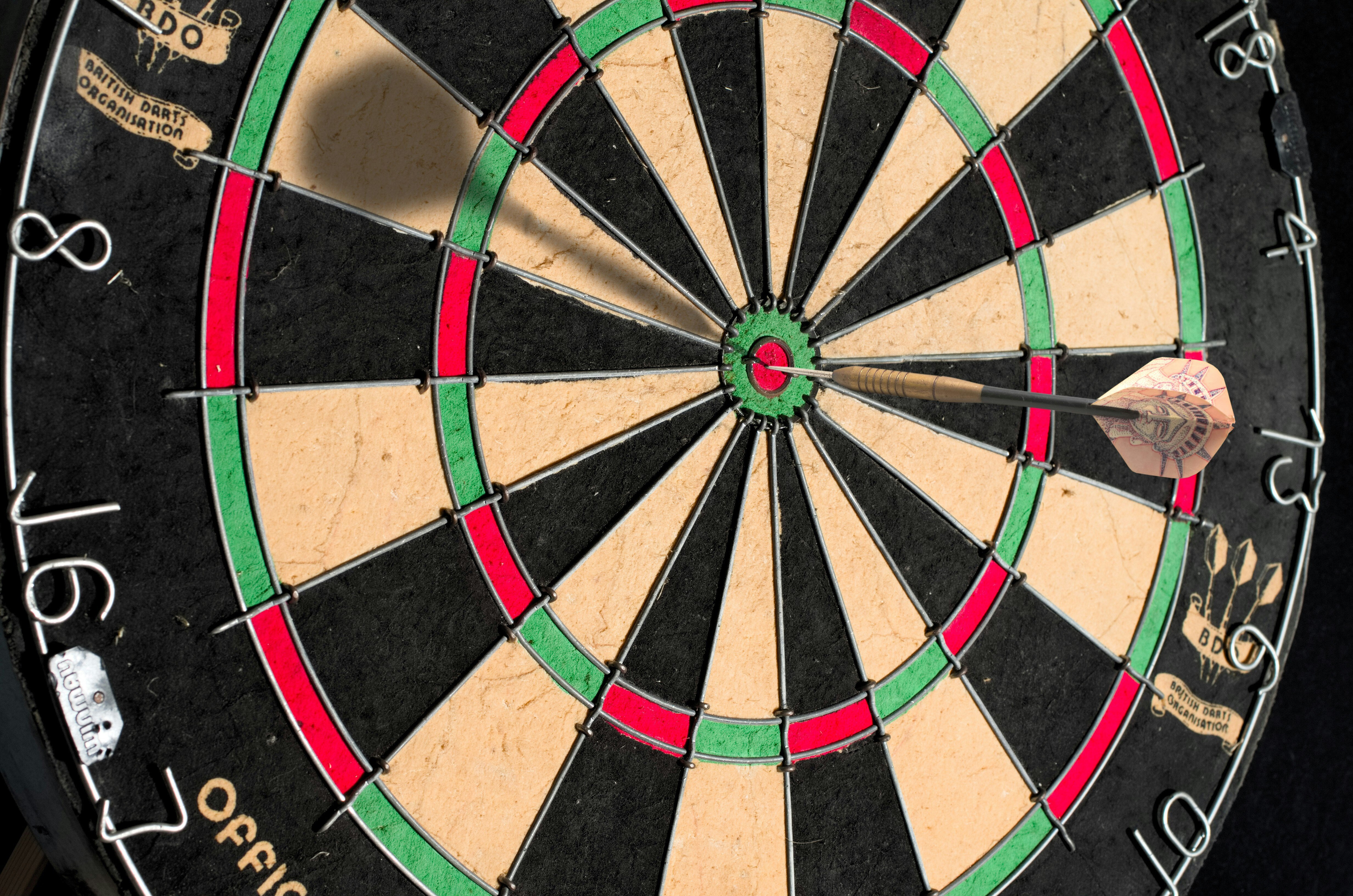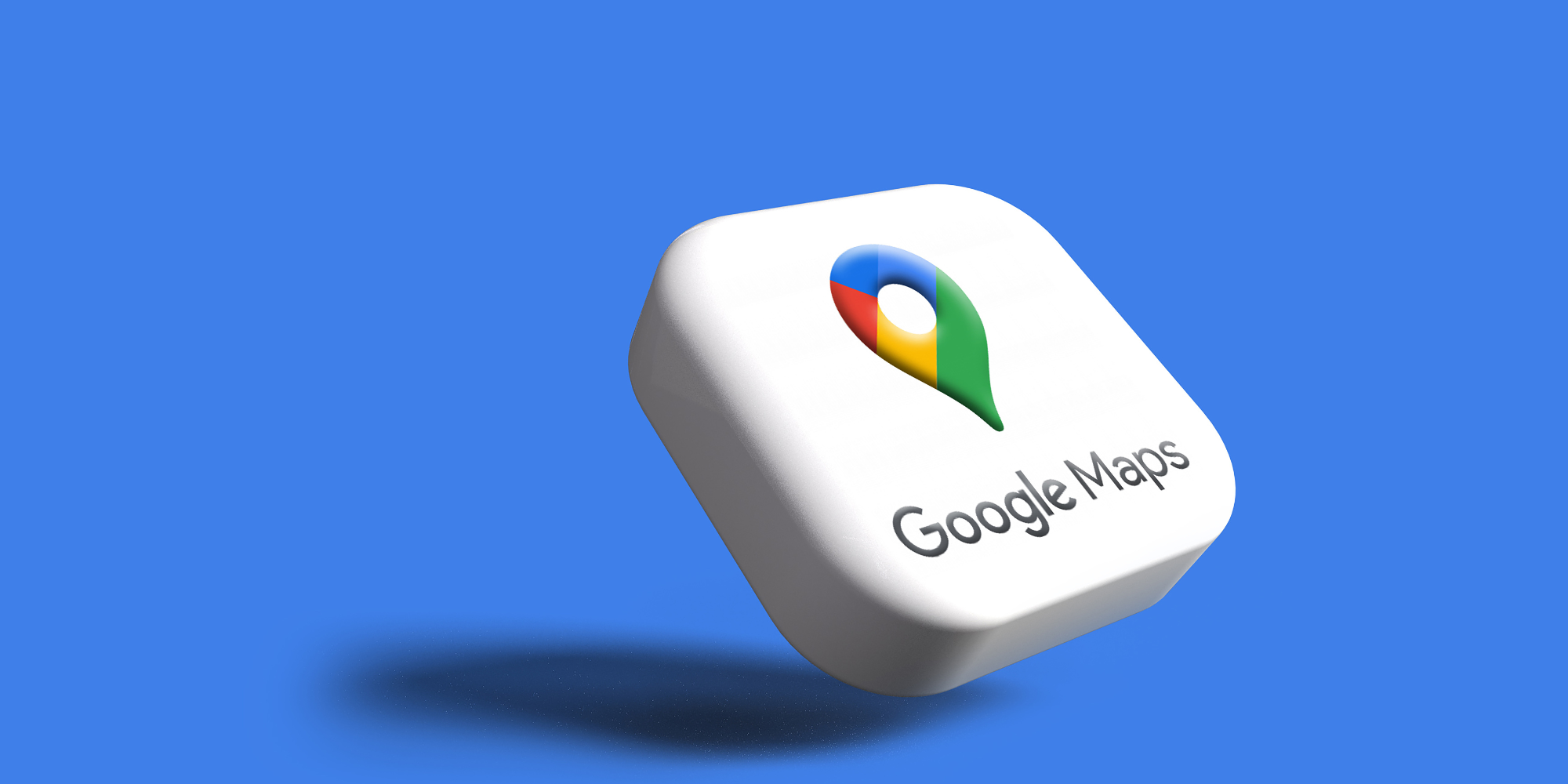Pinterest is a powerful tool that allows users to browse a vast range of content, but what are the best ways for advertisers to utilise visual search? Macy Edwards outlines some top tips for supercharging your advertising through the Pinterest platform.
How Can Pinterest’s Visual Search Algorithm Supercharge Your Ads?
Pinterest’s visual search capabilities allow users to browse a vast range of content-related, web or camera images, and to search for exact products within home scenes for shopping. Visual search is one of the fastest growing products available at Pinterest, with over 600 million searches per month. This sophisticated algorithm is unique to Pinterest, and a powerful tool for advertisers who can add product images to this search network for free.
Pinterest’s visual search products
In recent years, Pinterest have launched three visual search products – Flashlight, Lens and Shop-the-Look. To handle the volume of images, and to be able to compile and execute an integrated algorithm, is very challenging. However, Pinterest have focused on this one thing that makes them different and they have achieved it.

Pinterest "Shop-the-Look"
What this means for Pinterest is that they can utilise images within their platform to inform their search and recommendations system. They help users to navigate through visual content by powering experiences such as browsing through related content; e.g. “the Laura Ashley rug you like is blue, and there are similar designer rugs to explore that you didn’t know about.” A scientific paper delving into this type of visual search has recently been published by Pinterest Labs.

Pinterest "Flashlight"
How does this relate to shopping behaviour?
As part of the Pinterest platform, users can categorise images by pinning them to themed boards. They can also send images to other users, meaning that the algorithm gains insight into user behaviour. In response to these visual manifestations of products from brands and retailers, Pinterest are able to recommend and associate similar pins or pinners with users to drive higher engagement.
In 2017, Pinterest launched “Lens” – a tool enabling users to take photos of products and upload them onto Pinterest. Lens matches these images through its algorithm and returns pins it deems to be a match. This includes product pins that are directly linked to ecommerce websites, therefore driving sales and revenue. This is a great way to reach more customers and embed your brand in an additive way, as opposed to taking an invasive approach. It’s really about inspiring customers through high-quality content.

Pinterest "Lens"
In 2019, Pinterest launched shopping ads, enabling users to import social feeds directly into their platform for free. It also allows you to build a shop with categories to market – in a similar way to your website, just in a more visual way. As part of shopping ads, you can also pay for advertising to push for quicker return on investment (ROI), but even organically you will begin to see an uplift straight away as the algorithm starts showing your products in relevant user searches. Importing a feed is the quickest and most effective way to achieve this goal, as products are clearly labelled and optimised for ranking.
What if you don’t sell products?
There is another way to optimise for visual search from an informative perspective, through driving engagement with high-quality content. Lens can be used to find relevant pins based on text overlays and image components. When creating pins, it’s important to ensure that trending keywords are on your text overlays and that you are using relevant photography; for example, “Top 10 lockdown recipe ideas from SPAR.” This type of copy is engaging and directs organic traffic and awareness to your brand. Because of the way the Pinterest algorithm breaks down images to understand the different elements, it can analyse the text overlays and images to categorise and serve in suitable search results.
Pinterest ranking factors
- Domain quality is how Pinterest determines the quality of your website. If you publish lots of pins with high-quality engagement, the platform will consider your content to be popular and serve it more frequently.
- Pin quality encompasses the image quality. As visual aspects are key when it comes to Pinterest, it’s important that you ensure your graphics are more engaging than your headlines. But you only have a few words to make an impression, so the headline is also important. It’s also important to regularly archive under-performing pins.
- Pinner quality is simple – pin lots and frequently, with a range of content. Use Pinterest analytics to determine trending topics and target these too.
Taking into account these ranking factors will help Pinterest to determine your pin relevance – the better your pin relevance is, the better your paid advertising will perform. This ultimately (as with all search platforms) comes down to keywords, so be sure to use them in your Pinterest boards and descriptions to ensure your pins are associated with the right content.
Pinterest shopping ads
In 2020, Pinterest announced a partnership with Shopify to give small businesses and merchants a quick way to upload product catalogues to their platform. This demonstrates how important this opportunity is, as Pinterest can see clear growth and development in this area that they’re actively investing in it.
By uploading your catalog feed, it makes it possible for people to discover products, save products and to buy directly from your website. People come to Pinterest with an intention to plan and purchase. The number of pinners who have engaged with shoppable product pins has increased by 44% year-over-year, and total traffic to retailers has increased by 2.3% year-over-year. And, due in part to early beta testing with Shopify, catalog feed uploads increased by 144% in the first quarter of the year.
So, as you can see, this new avenue is powerful in driving sales and revenue for brands and businesses.
So how can this supercharge your advertising?
With the current quarantine and social distancing measures that are in place, more and more people are turning to social and search networks to find inspiring and relevant information. Pinterest data shows that users are shifting from “what to do now” to “what to do in the future.” This direction shows the time is now for advertisers to start driving future content.

Interestingly, someone recently asked me: “what is your recovery strategy for your clients?”. As agencies become ever more reactive throughout this pandemic, we have almost forgotten to check the here and now to ensure we are still proactive throughout this time of uncertainty.
So, finally, the time is for recovery and rebound strategies. Pinterest is the best platform for this, as their users plan and build. Consumers are rebuilding, too. Their habits may have changed permanently, so they’ll expect brand and business’ habits to change too. So, use Pinterest ads to show them how we’ve changed with them.
Shopping ads are more important than ever, with users who love shoppable content and with so many brands and business’ expanding their online presence. It’s a cost-effective way to diversify your channel mix and get noticed by new customers to supercharge your performance.
For example, consider how the upcoming holiday season will be affected. Third and fourth quarter holiday media should embrace more conscious family gatherings. As purse strings tighten, consumers will prioritize brands that align with their values.
So share your values. Share the value-driven actions you’ve taken. Because you’ll stand out when you stand up for something.
Have you ever used Pinterest's visual search to supercharge your ads? Tweet us your thoughts @clickthrough or get in touch with our experts today.
Talk To Us About Accelerating your Digital Performance
Related Articles
More articles you might be interested in:


August Round-up: Better Meta Targeting, Google Glitch & UX Best Practice
The latest version of our newsletter should have settled in your email inbox, detailing the need-to-know information and must-read thought leadership...
Read more
Holiday Park Digital Performance Key as Staycations Rise
As the cost of living continues to present challenges for many Brits, an increasing number of families are choosing to holiday within the United...
Read more
July Round-up: Attribution Updates, Ads in Maps & AI Engagement
Our first curated newsletter has hit inboxes, detailing all of the latest need-to-know information and sharing all the necessary thought leadership...
Read more
Google's Cookie U-Turn: The Impact on Marketing Leaders & Users
Over the past few years, marketing leaders have been gearing up for the inevitable 'Cookieless Future'. Safari was the first to bid farewell to...
Read more.png)
Elevating Marketing Strategies During Major Sporting Events
It only seems like yesterday that it was the winter of 2022 and we were balancing Black Friday and the Qatar World Cup. Fast forward to now and we're...
Read more
Auto Dealerships Should Utilise Reviews for Big Digital Benefits
There are many factors to consider when choosing an automotive dealership, with 53% of customers saying that price determines which dealership they...
Read more
UK Private Healthcare: Who Has The Best Online Presence?
Which UK-based private healthcare providers are running away with their digital presence and who needs a helping hand to take the next step? How is...
Read more







